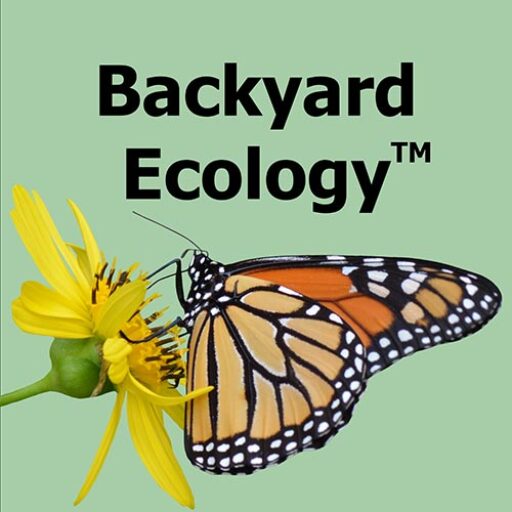Tag: Wasp
-
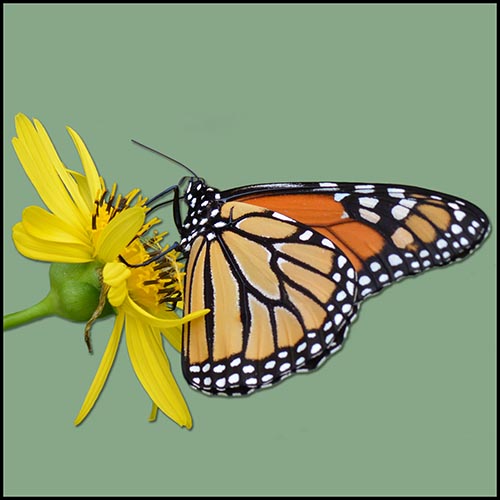
Top 10 Most Popular Backyard Ecology Articles: Thanksgiving 2021 – Thanksgiving 2022
The new year is only a few days away. As I said in last week’s podcast episode, this is traditionally a time for looking back over the last year and looking forward to the new year. We’ve been following that tradition in the Backyard Ecology world, both with our content and behind the scenes as…
-
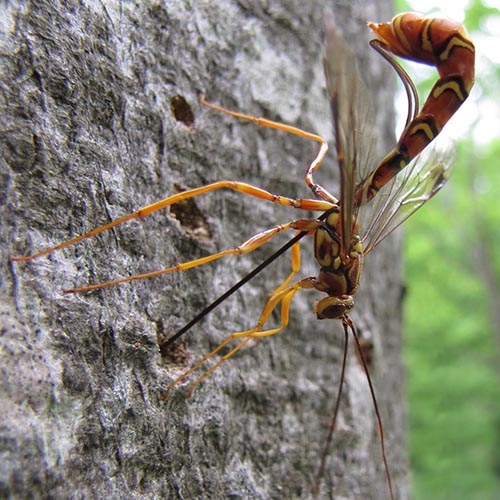
Fascinating Wasp Diversity
in PodcastWasps are often portrayed as one of “the bad guys” in the insect world. But part of that common misconception comes from a lack of knowledge or understanding about wasps in general and stereotypes that don’t apply to most wasp species. The truth is that wasps are extremely diverse and what most of us think…
-
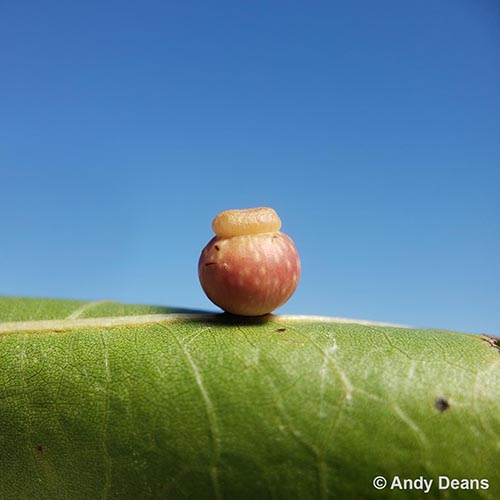
Galls: Amazingly Diverse and Fascinating Plant Growths
in PodcastHave you ever found a leaf with weird little balls or spiky things attached to it? Or found a plant with a weird growth on its stem or a dense clump of leaves growing out of an odd place? Chances are those were galls. Going into this conversation, I knew a little bit about galls,…
-
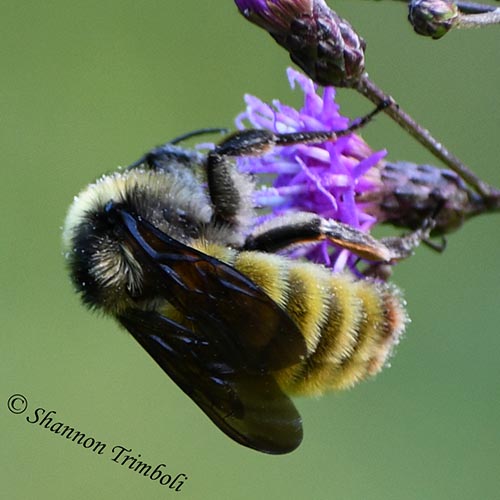
Recent Nature-related Discoveries in My Yard and Community – August and September 2022
I absolutely love fall! The temperatures are much nicer. The fields are a riot of color – lots of bright yellow, of course, but also purples, whites, pinks, oranges, and scattered other colors. Goldfinches are everywhere. And then there are all the butterflies, bees, wasps, and other “bugs” busily going about their business on the…
-
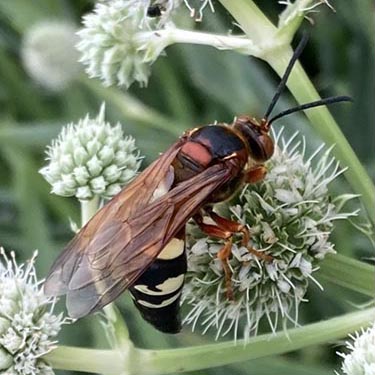
Cicada Killers: Not as Menacing as They Appear
Every summer, about the time that the annual cicadas start calling, one of our largest wasps appears. They can be kind of intimidating because of their size. Their yellow, black, and reddish-brown coloration only adds to their menacing look. These wasps are called cicada killers, and unless you are a cicada, you really don’t have…
-

Top 10 Backyard Ecology Blog Articles in 2021
I officially launched the Backyard Ecology blog in September 2020. Over the past 16 months, I’ve written over 50 Backyard Ecology blog articles, in addition to producing Backyard Ecology podcast episodes. The blog articles have covered a wide variety of topics, but generally can be grouped under 4 main categories: Profiles of native critters Profiles…
-
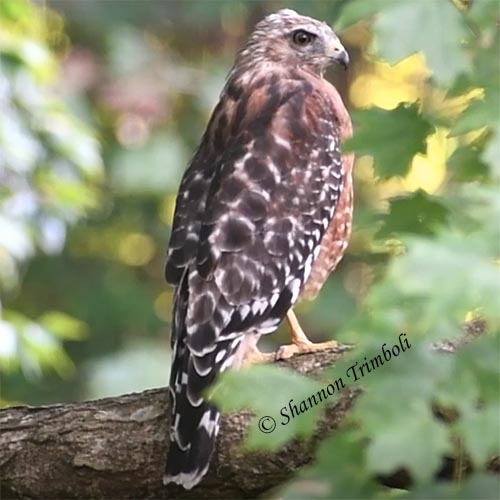
Recent Nature-related Discoveries in My Yard and Community
It’s been a while since I shared some of my nature-related discoveries with you. So, I thought it was about time to do it again, especially since I found and was able to observe so many fun and cool nature-related discoveries in August and September. Below are just a few of them. American carrion beetles…
-
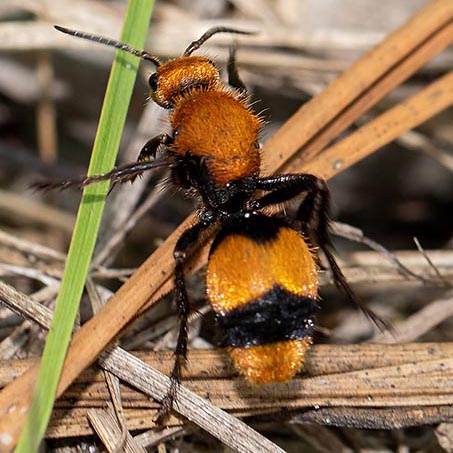
Eastern Red Velvet Ants: Doesn’t Kill Cows and Isn’t an Ant
Overview Velvet ants aren’t really ants at all, but instead are a type of wasp. There are thousands of species of velvet ants worldwide with over 400 species being found in the continental U.S. and Canada. According to the University of Florida, 50 species can be found in that state alone. The most common, or…
-
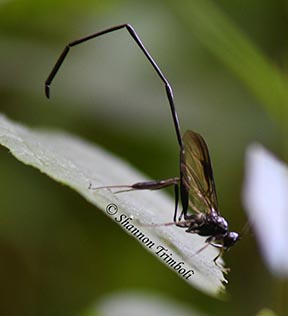
American Pelecinid Wasp: A Unique and Fascinating Critter
One day, late last summer, I decided to see how the berries were developing on the devil’s walking stick (Aralia spinosa) at the back of our property. The devil’s walking stick patch grows along the edge of the woods next to one of our fields. It was sunny, hot, and humid, so I decided to…
-
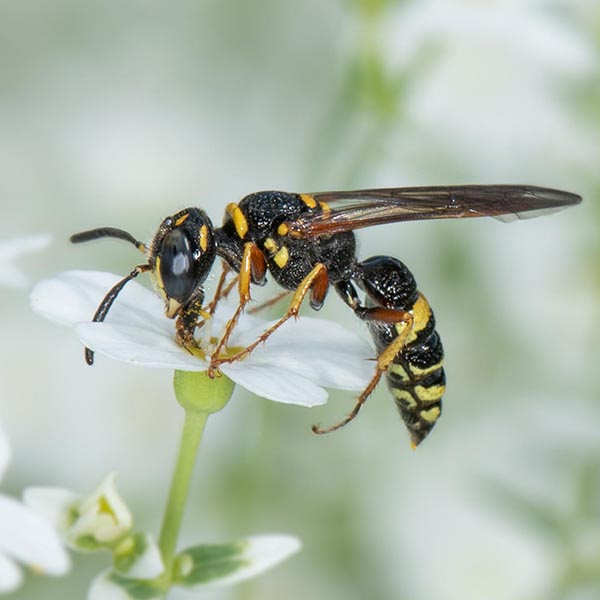
Wasps: Victims of an Often Undeserved Reputation
in PodcastLike many people, I grew up with a healthy…. apprehension (ok, fear) of wasps. And, of course, I’ve seen all the memes on social media vilifying wasps and calling them names that I’m not going to repeat on this podcast. But, those fears and concerns are mostly unfounded and misplaced. Wasps generally aren’t going to…
-
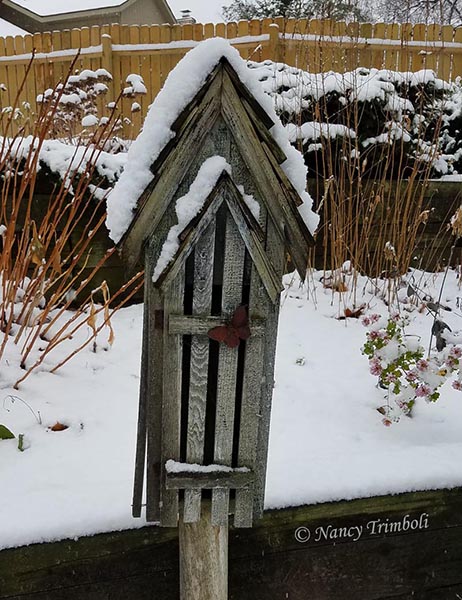
Be Careful if Putting Butterfly Boxes in Your Pollinator Garden
Butterfly boxes, also known as butterfly hibernation boxes or butterfly houses, are long, skinny boxes with thin slits usually on the front. The intent of the butterfly box is to give butterflies a dry place to go during inclement weather or a place to hibernate during the winter. (In the eastern U.S., we have a…
-
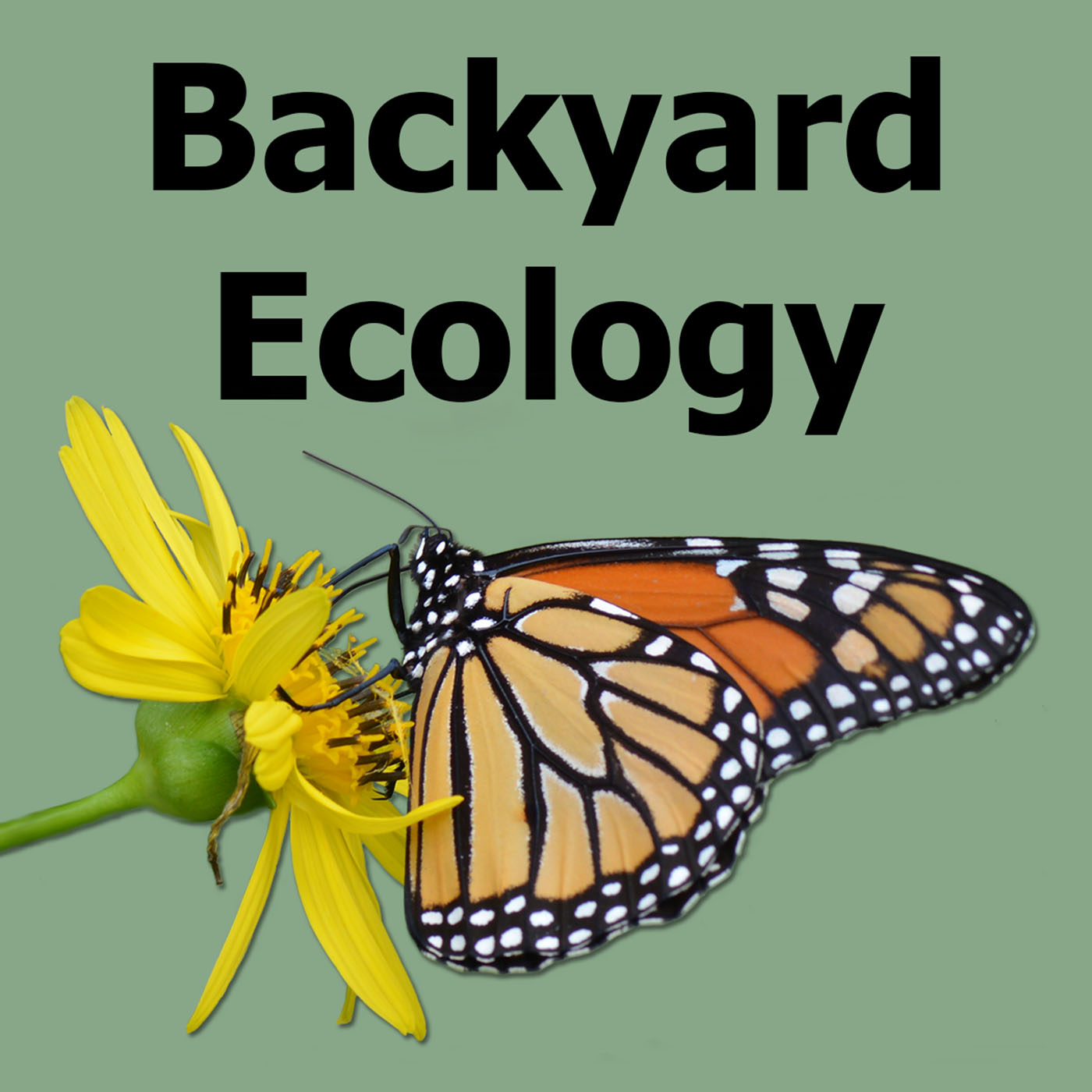
Announcing the Backyard Ecology Podcast
Over the last few months, I’ve been researching and working on a new project. Today I’m super excited to announce that I am launching a Backyard Ecology podcast! For those who might be wondering, a podcast is kind of like an audio version of a blog. I started listening to podcasts about a year and…
-
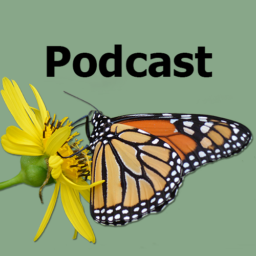
Introducing the Backyard Ecology podcast
in PodcastMany people believe that nature is only “out there” – in national parks, other large chunks of pristine land, or some far-off exotic place. For a long time, I did too. But the truth is that nature is everywhere and there are still plenty of discoveries to be made about the common species inhabiting our…
-
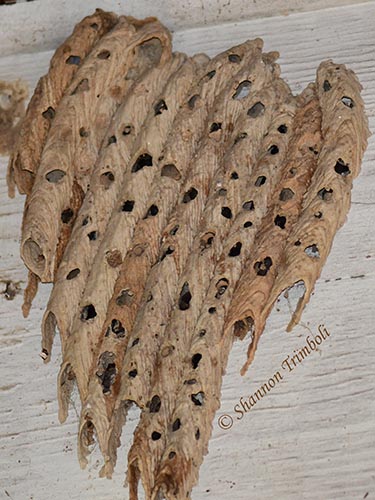
Let Birds Take Care of Mud Dauber Nests
Carolina wrens, woodpeckers, and many of our familiar backyard birds are insect eaters. As you might imagine, insects and other bugs become much more difficult to find during the winter. In natural areas, some of the places that they may forage for bugs over the winter include under tree bark, in the leaf litter, and…
-
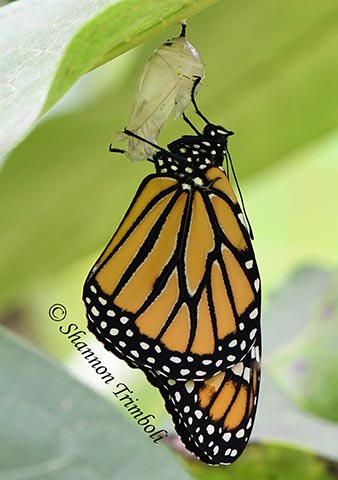
Nature-related Discoveries in My Backyard and Community – September 2020
Over the past several weeks, I’ve been lucky enough to find some amazing critters and enjoy some beautiful wildflowers. In this week’s article, I just wanted to share some of the recent nature-related discoveries I made in my backyard and community. This weird looking wasp is an American pelecinid wasp (Pelecinus polyturator). I discovered it…
-
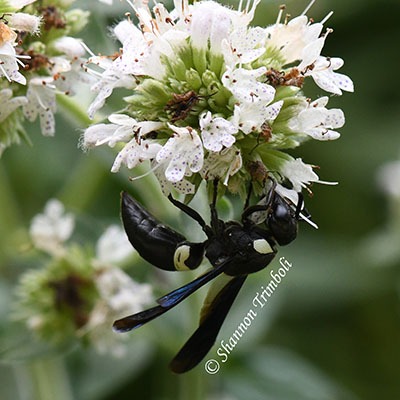
Four-toothed Mason Wasp
I grew up thinking that wasps were horrible, awful creatures who took great pleasure in stinging anyone who got near them. The proliferation of wasp-related memes on the Internet suggest that I wasn’t the only one who grew up with that belief and that many people still believe that. However, as I began paying more…
-
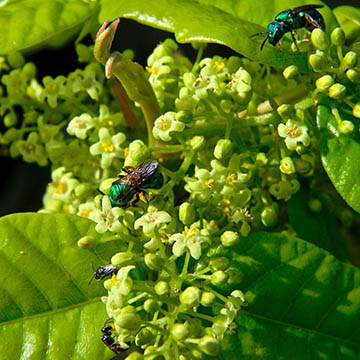
Poison Ivy
Poison ivy (Toxicodendron radicans) is a common and much-hated native plant that can be found throughout the eastern half of the continent. It seems to grow pretty much anywhere and the allergic reactions it can cause are infamous. However, no matter how much we may hate it, poison ivy plays an important role in the…
-
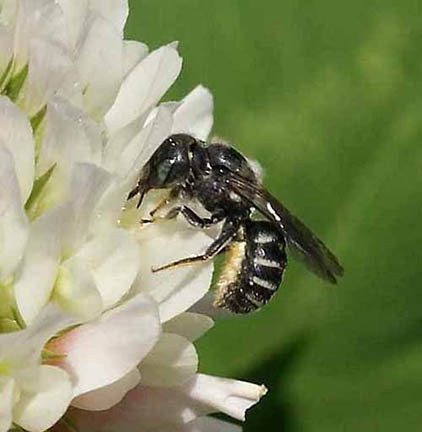
Leave Flower Stems for Bees and Small, Solitary Wasps
Fall is a time when many people “put their gardens to bed” by cutting back their dead flowers and cleaning up their gardens before winter. However, if attracting pollinators to your garden is one of your goals, then you might want to rethink cutting old flower stems to the ground. Some of our small, solitary,…
-
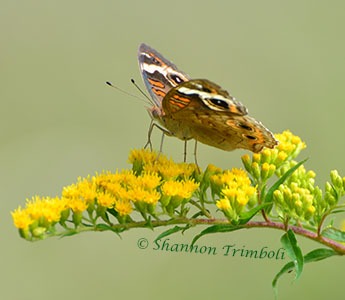
Goldenrods
Goldenrods (Solidago spp.) are in the aster family – the same family as daisies, sunflowers, and asters. The USDA Plants Database lists 33 species of goldenrods that are native to Kentucky. Two of those species, the white-haired goldenrod (Solidago albopilosa) and Short’s goldenrod (Solidago shortii) are federally endangered. The giant goldenrod (Solidago gigantea) is Kentucky’s…
-
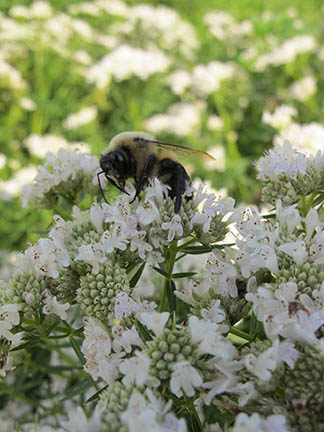
Slender Mountain Mint
Slender mountain mint (Pycnanthemum tenuifolium) is one of nine species of mountain mints native to Kentucky. Mountain mints are in the mint family, but despite their name are not restricted to mountainous regions. They can be found growing throughout the state and many of the surrounding states. Slender mountain mint, specifically, is native to much…
-
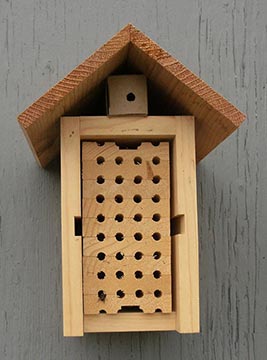
Include a Mason Bee House on Your Property
You don’t have to be a beekeeper to provide a home for bees on your property. Mason bees are a group of bees native to the U.S. They are important pollinators that nest in hollow grasses and other tubes. Mason bees get their name from the walls they build between each egg they lay in…
-
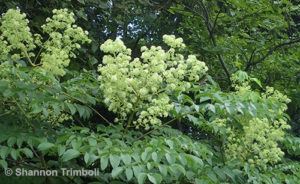
Devil’s Walking Stick
Devil’s walking stick (Aralia spinosa) is a small tree or tall shrub that is native to the eastern U.S. It is often found growing along the edges of forests or in open woodlands. Devil’s walking stick can be a very important plant for honey bees, native bees, and butterflies. From approximately mid-July to mid-August, devil’s…
